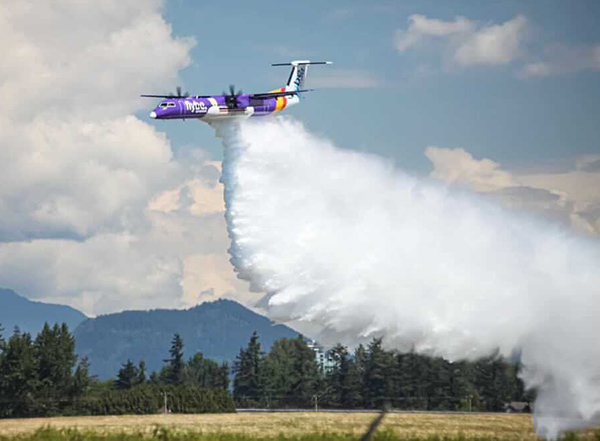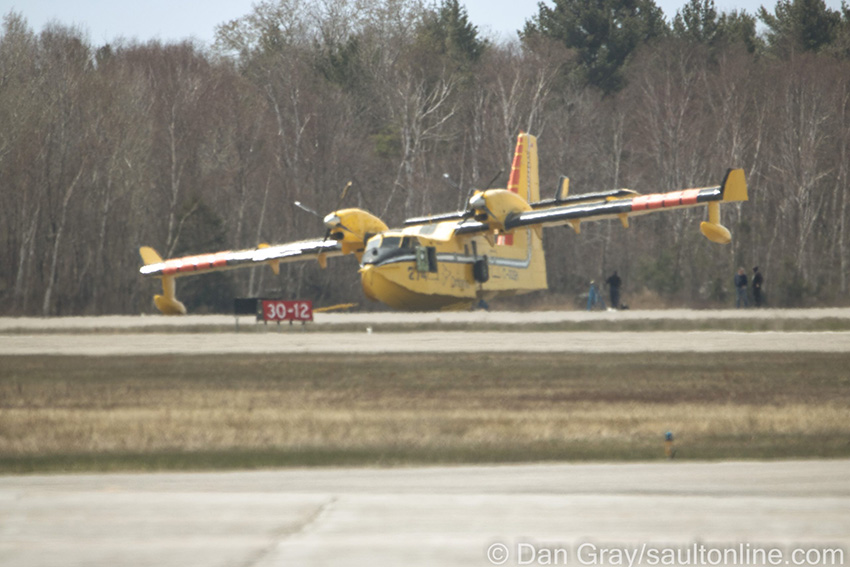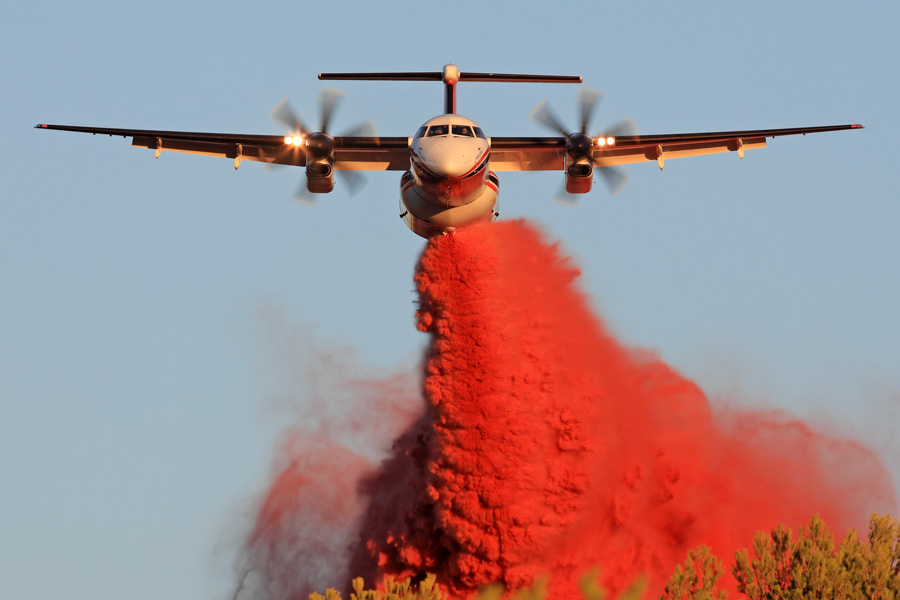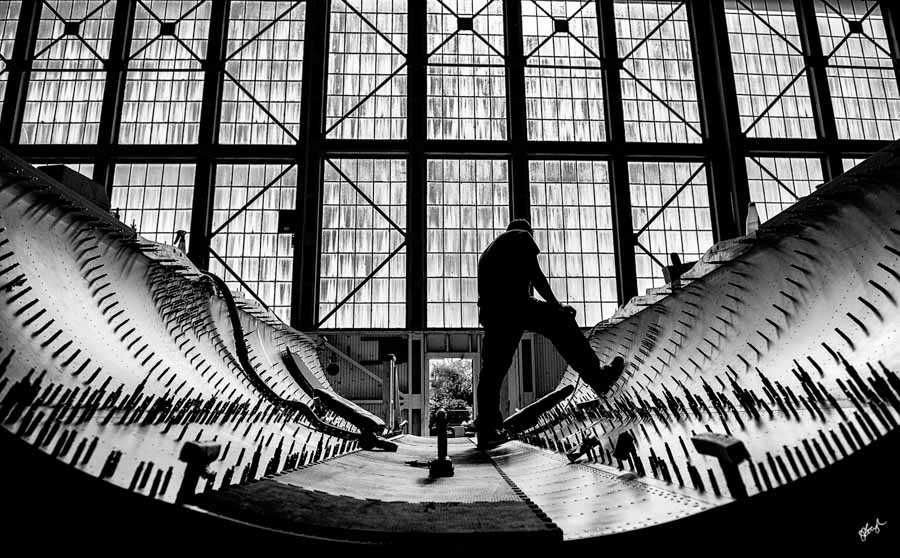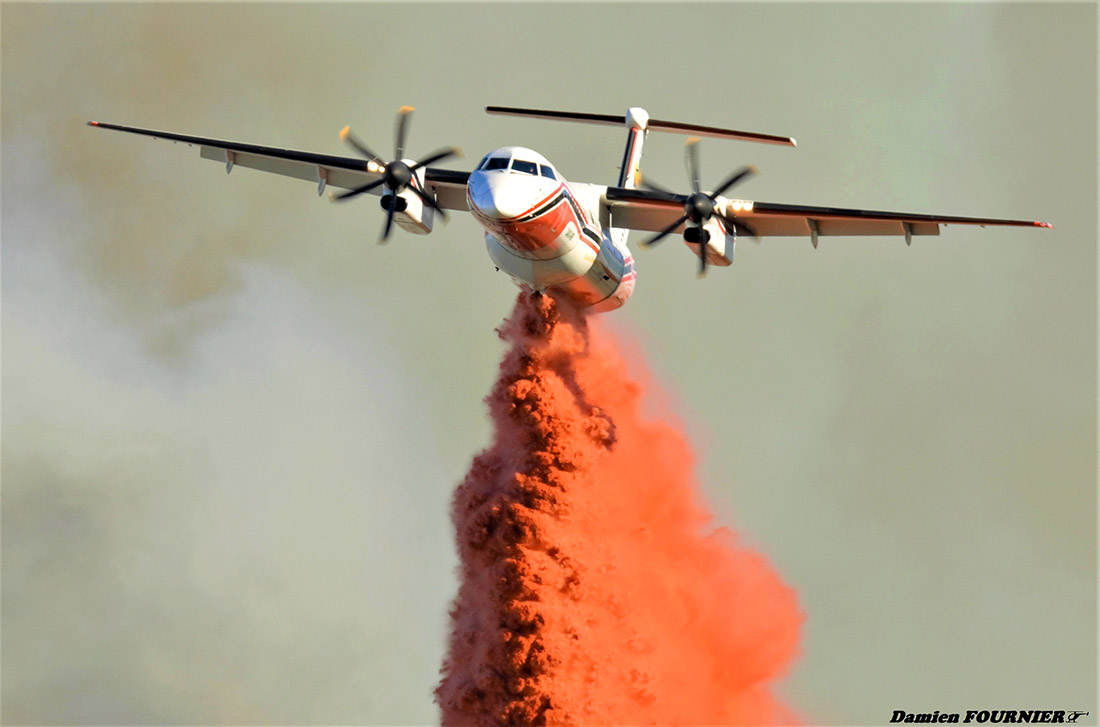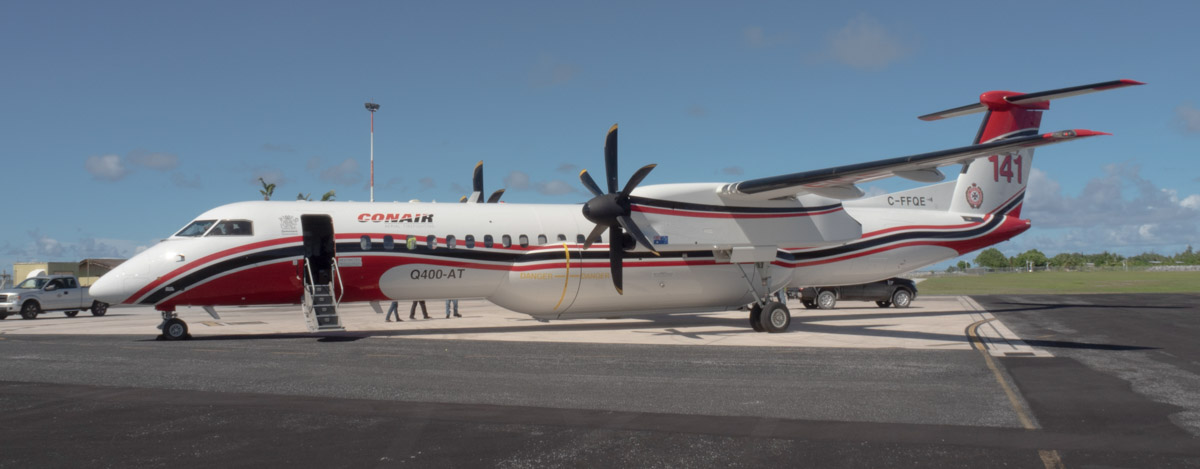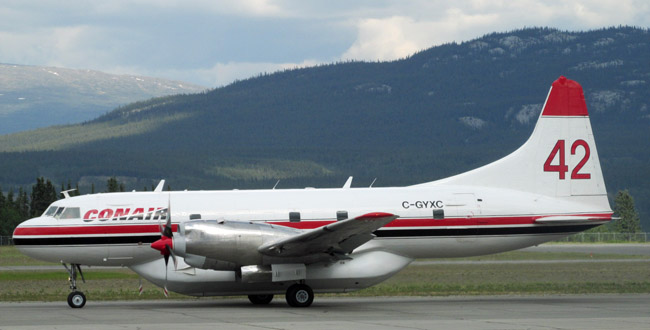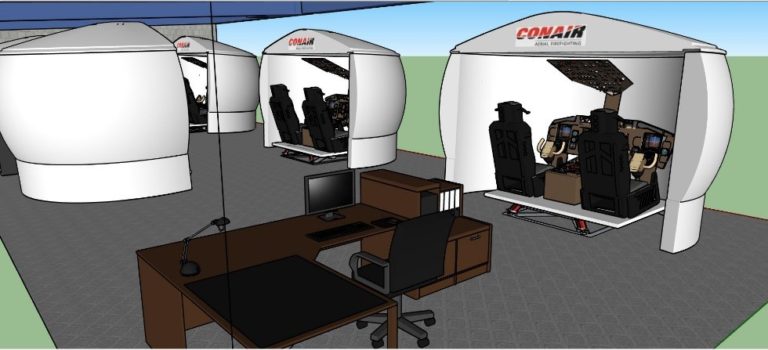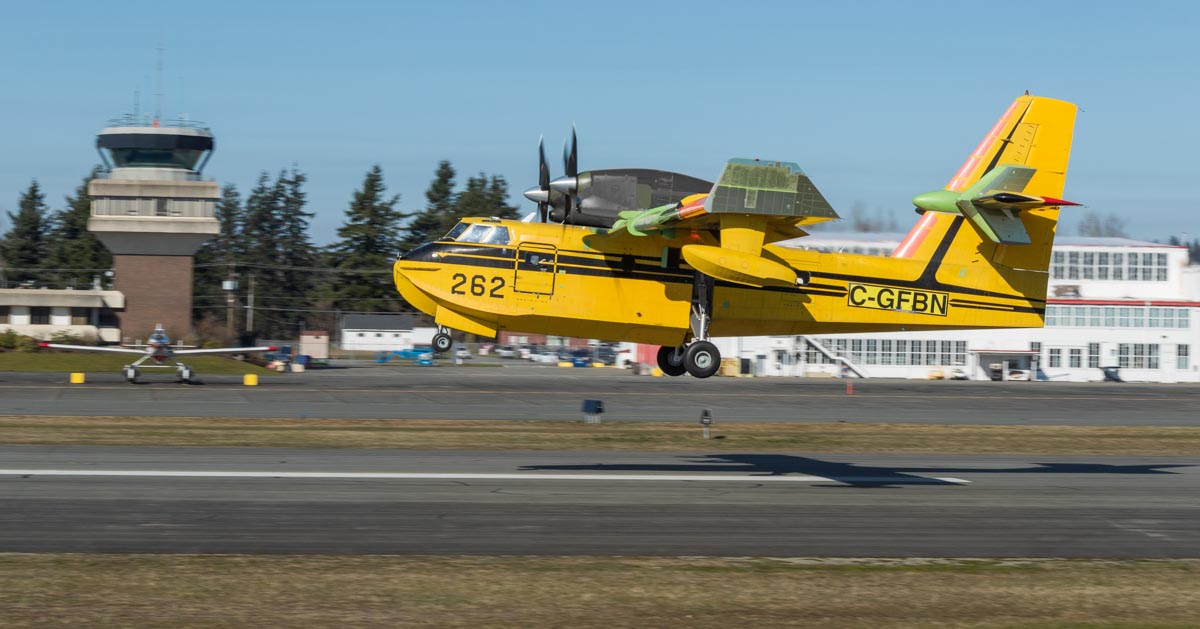
The pilot killed in the June 28 helicopter crash near Evansburg, Alberta has been identified as Heath Coleman, 48, of Prince George, BC. As the Chief Pilot for Yellowhead Helicopters, he spent about half of each year flying skiers for Mike Wiegele Helicopter Skiing and the other half suppressing wildfires.
The Canadian Broadcasting Corporation reported that the crash occurred while Mr. Coleman was flying “crew runs” transporting firefighters, but he was the only person on board at the time. An investigation determined that the crash was caused by a defective part that led to detachment of the main rotor blade and the main rotor head.
The tribute below was posted on the Facebook page of Mike Wiegele Helicopter Skiing and is used here with permission.
It is with profound sadness that we share with you the tragic loss of one of our beloved long standing colleagues at Mike Wiegele Helicopter Skiing.
Heath Coleman, a helicopter pilot with Yellowhead Helicopters and our Blue River base manager at MWHS, died earlier this week in a crash while battling a wildfire west of Edmonton, Alberta. Heath was 48 years old.
Known to us and many of our guests as ‘Heater’, he had been a member of our Wiegele family for more than 20 years. Although his home was Prince George BC, his second home, where he spent half his time from October to May each year, was Wiegele World in Blue River.
Heath loved to fly and was one of the most experienced pilots in the industry. While at Wiegele’s, Heath welcomed the opportunity to socialize with guests and was fondly embraced by those who returned year after year. He was a respected, trusted and highly valued member of our team and we are filled with sadness as we mourn the loss of someone we have known so well for so long and hold very dear to our hearts.
Heath leaves behind his wife Jennifer and their two young adult sons Danton and Ethen Coleman who we were privileged to host at Wiegele numerous times over the past two decades. We express our deepest sympathies to Jennifer, Danton and Ethen and Heath’s extended family and community of colleagues and friends.
As a first responder in fighting wildfires, Heath lost his life in the line of duty while protecting people and property. We honour his service to others as the highest calling.
Since sharing the news of Heath’s passing, many guests have expressed the desire to support his family. Should you wish to contribute please visit the Go Fund Me page.

